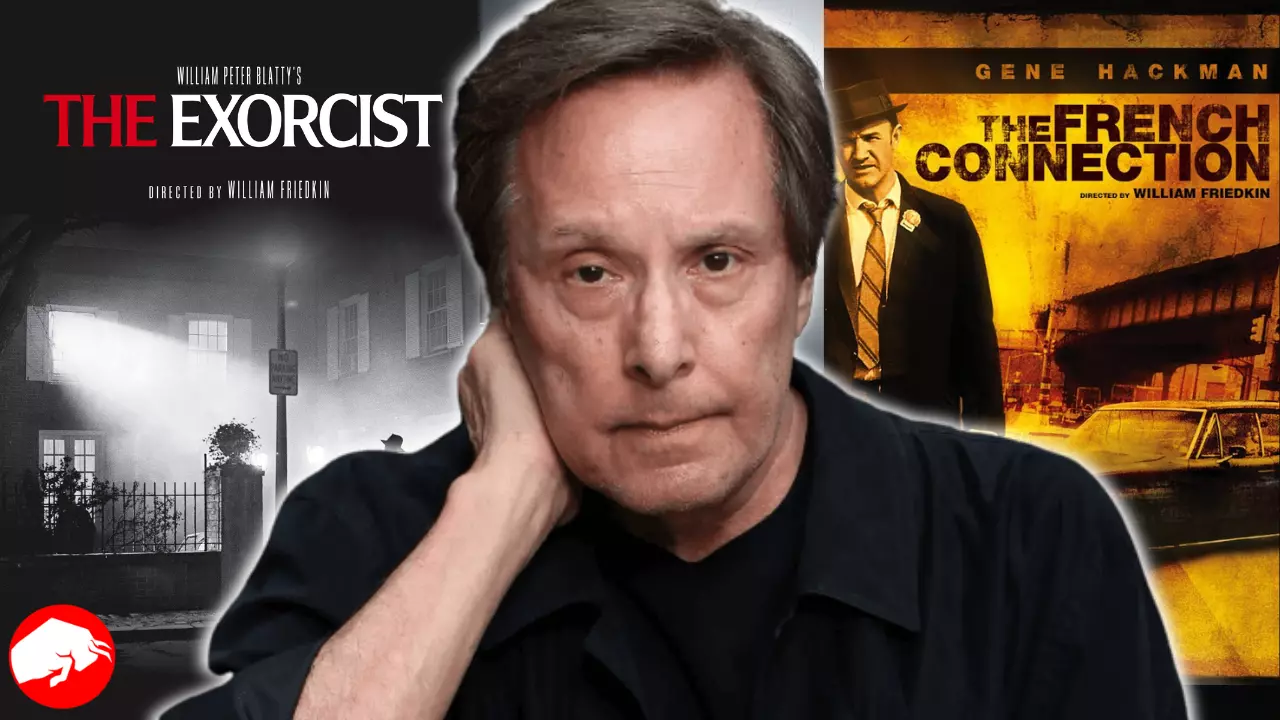William Friedkin’s name is synonymous with some of the most iconic moments in cinematic history. While we mourn the loss of a colossal talent today, it is only fitting to celebrate his undeniable legacy. With masterpieces like The French Connection and The Exorcist, Friedkin wasn’t just a filmmaker but a storyteller who bridged the chasm between reel and reality, pulling audiences into the heart of his narratives.
The Ascendancy of The French Connection
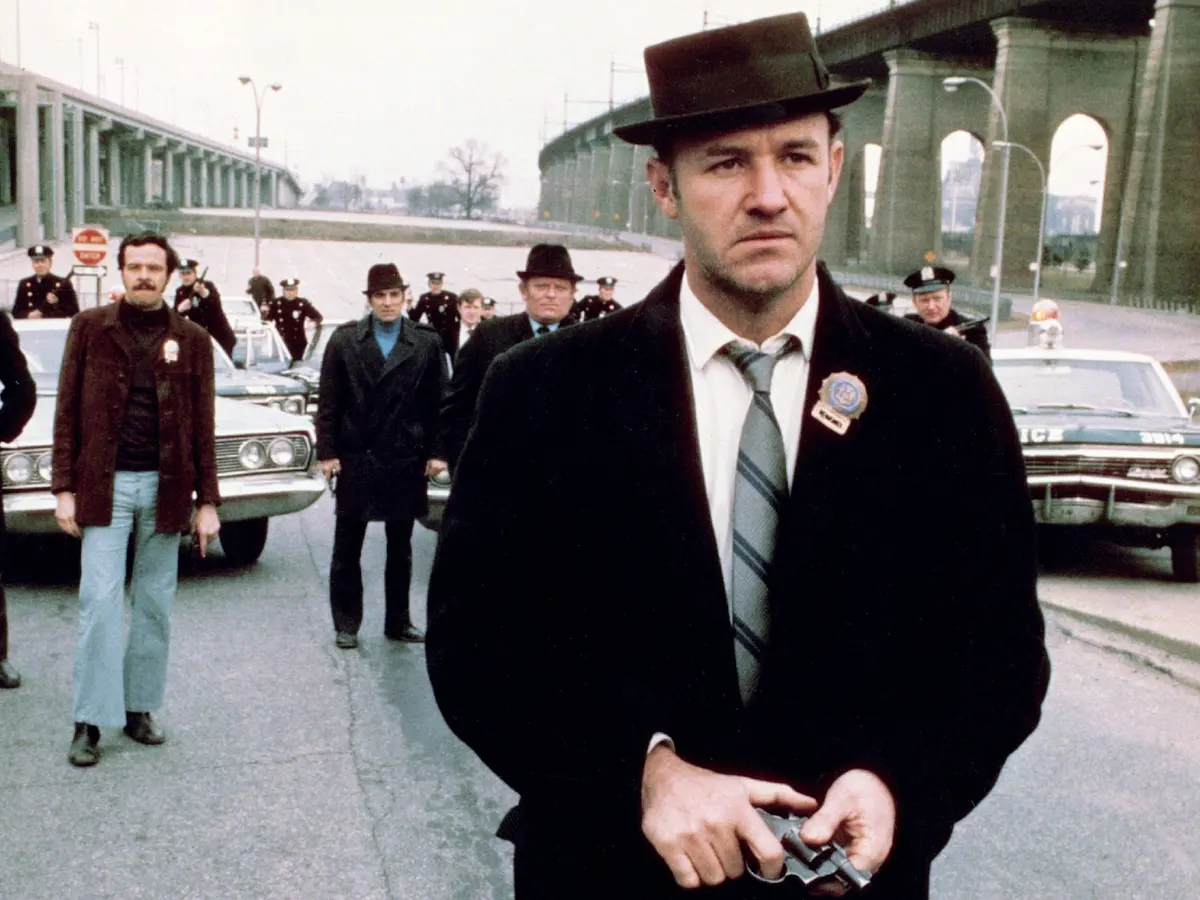
In an era where cinema seemed inextricably linked to the allure of its leading stars, William Friedkin and his ally, Philip D’Antoni, dared to deviate from the norm. Instead of hitching their wagon to well-established luminaries, they crafted a vision for The French Connection grounded in authenticity and realism. This vision took inspiration from the real-life adventures of NYPD officers Sonny Grosso and Eddie Egan, and it prioritized the soul and spirit of the narrative over the gloss of celebrity.
When casting for the film, Friedkin’s intuitive genius led him to spot the latent talent in Roy Scheider and Gene Hackman, who hadn’t yet basked in the limelight of superstardom. The chemistry between these actors, combined with the poignant direction of Friedkin, resulted in cinematic magic.
As Scheider and Hackman breathed life into the characters of Buddy Russo and Popeye Doyle, they crafted electrifying performances, capturing the imagination of viewers and drawing universal acclaim. The culmination of their efforts was a movie that dominated ticket sales and garnered the industry’s highest accolades, reinforcing Friedkin’s status as a titan of Hollywood.
The Exorcist: Horror Reimagined
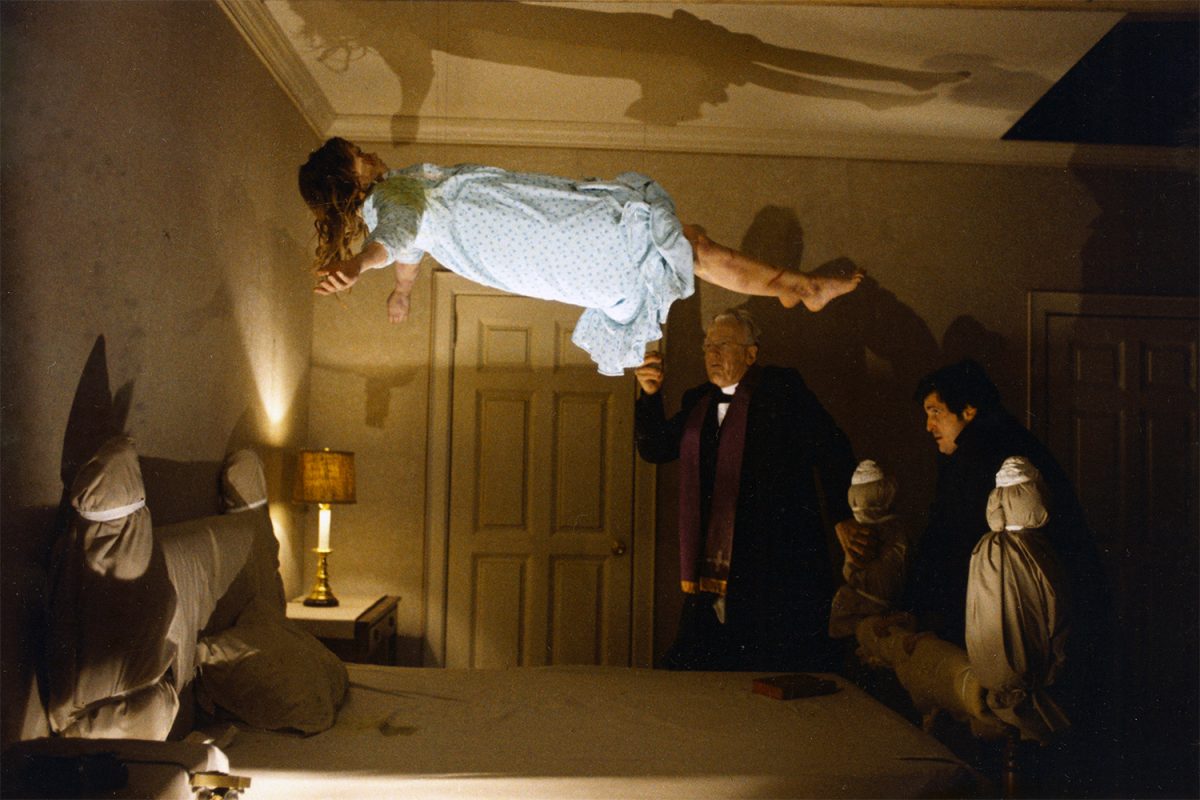
The French Connection, with its gritty realism and riveting narrative, was a shining example of Friedkin’s prowess in crafting compelling stories that resonated with audiences. It demonstrated his ability to mold real-life incidents into cinematic masterpieces. However, Friedkin showcased an entirely different facet of his directorial brilliance with The Exorcist.
Dabbling in the eerie world of supernatural horror, he adapted William Peter Blatty’s already hair-raising novel, transforming it from mere pages into an experience that would shape and define horror cinema for generations.
The Exorcist was not just another horror film filled with predictable scares; it was an intricate exploration into the depths of its characters’ souls, fears, and battles with the unknown. Friedkin’s unparalleled knack for building tension was evident in every frame, creating a tense and haunting environment that viewers were left on the edge of their seats, their hearts racing.
Each scene, each sound, and each shadow was a testament to his meticulous attention to detail and unparalleled ability to immerse audiences in the story. Decades later, the film’s legacy endures as a monolith of Friedkin’s boundless imagination and unparalleled ability to captivate and terrify in equal measure.
A Tapestry of Tales
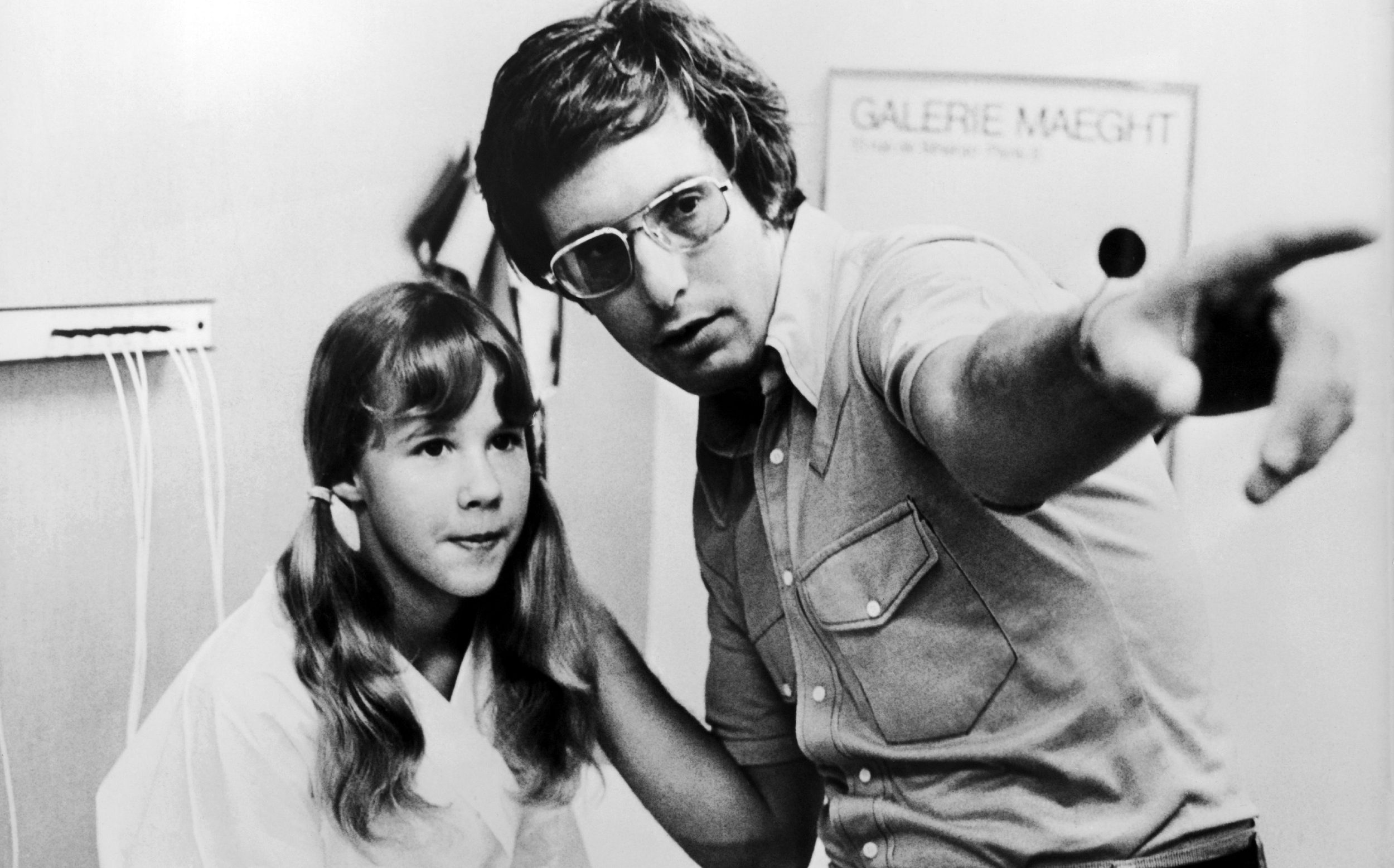
While his marquee films often steal the limelight, Friedkin’s oeuvre is an expansive tapestry of compelling narratives. What set him apart was his innate ability to get under the skin of his characters, making viewers feel every emotion, from the most exuberant highs to the darkest lows. This raw, unfiltered exploration of human existence set his films apart, making them timeless masterpieces.
An Unfading Legacy
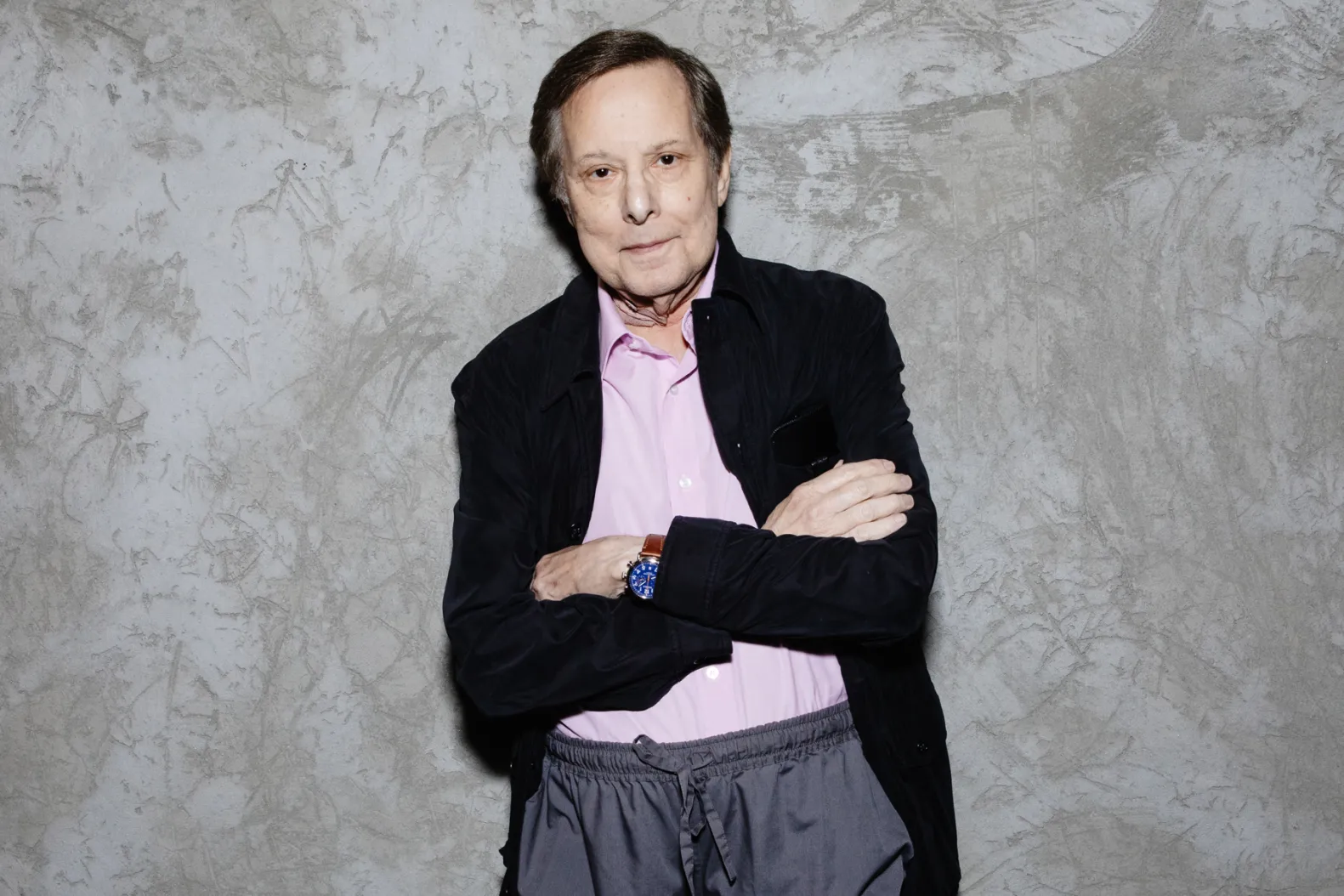
The curtain might have come down on William Friedkin’s life, but his films ensure he remains immortal. A maestro of the cinematic arts, Friedkin didn’t just entertain; he pushed boundaries, making audiences reflect, ponder, and often re-evaluate societal constructs.
As we bid adieu to this luminary, we don’t just remember the man, but the indomitable spirit of cinema he embodied. His films serve as poignant reminders of the sheer magic of storytelling, urging us always to look beyond the obvious and dive into the depths of the human experience.
Source: HollywoodReporter


